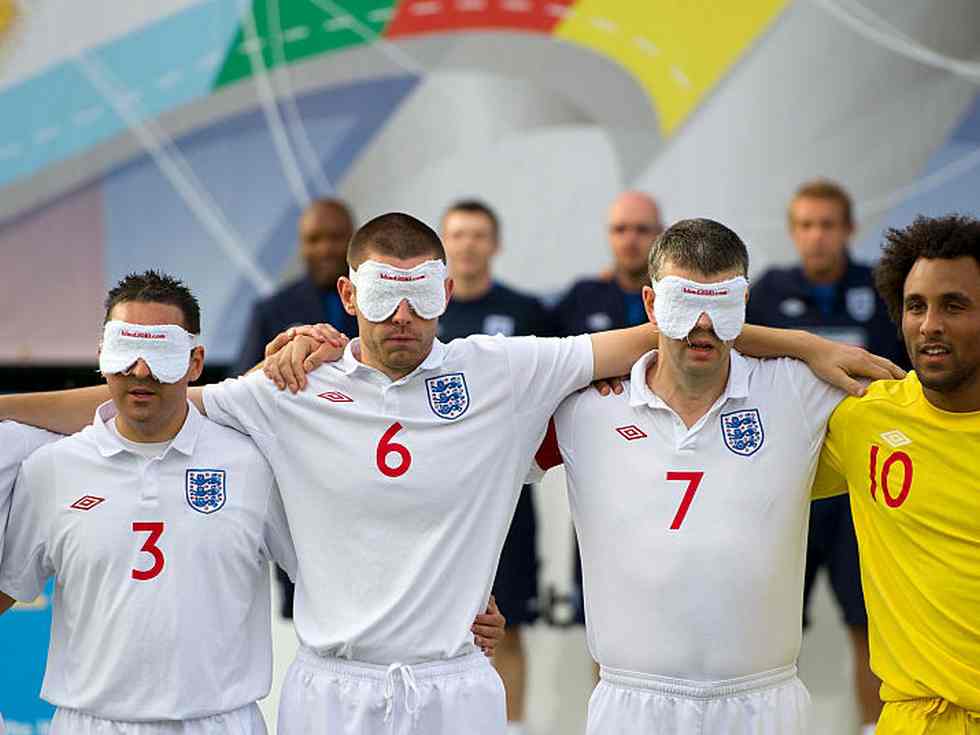
Until you might have the staunchest of poker faces, facial expressions are fairly powerful to maintain below wraps. A visual grimace when embarrassed or uncomfortable. A jubilant smile that reaches all the best way to the crinkles of the eyes. Utter disbelief or anger when one thing ridiculous occurs. These are all frequent and identifiable reactions that stay pretty constant in presentation throughout most societies. However will we study them from watching others or are these expressions innate?
A gaggle of College of Geneva (UNIGE) researchers examined an current physique of 21 analysis research revealed between 1932 and 2015 to seek out out, publishing their findings within the journal Psychonomic Bulletin & Assessment. They reviewed research involving contributors who have been born blind, and thus unable to mannequin their very own reactions after others, making them uniquely certified for this train.
Every examine wasn’t essentially working from the identical speculation, nevertheless. Some in contrast the expressions of blind and sighted infants, whereas others tried to elicit reactions on demand from blind contributors. Nonetheless others famous the same facial expressions of Paralympic Video games athletes (each sighted and blind) who’d completed in second place, simply shy of the specified win.
“
These photographs present the facial expressions produced by blind athletes (left) and sighted athletes (proper). The expressions are the identical for each teams when produced spontaneously, however differ "on demand."
Bob Willingham
Of their overview, the UNIGE group reached some important conclusions about emotion and facial expressions. "Older in addition to latest research which have examined the manufacturing of facial expressions by blind people reported that visible studying appears to not be vital with a purpose to produce the identical sample of facial expressions in actual emotional contexts," explains researcher Edouard Gentaz in an e-mail interview. "The truth that individuals born blind can produce facial expressions much like these of sighted folks could also be proof that it’s innate and common, and never simply depending on social studying by imitation."
That is attention-grabbing, however did you catch Gentaz’s use of the phrase "actual"? Plainly the authenticity of a state of affairs issues within the manufacturing of true reactions. A number of the research checked out voluntary, or "on-demand" expressions, and consultants discovered that blind topic have a tough time producing expressions when solicited, in addition to controlling the diploma of depth. This causes consultants to consider that sight performs a extra important position in a majority of these expressions.
"Sighted youngsters have a number of alternatives to coach themselves to precise their feelings, as an illustration in entrance of a mirror. They study to modulate their expressions in accordance with the outcomes they search," Gentaz explains. "It follows that sighted folks develop a construction for expressing their feelings that the blind, disadvantaged of those coaching alternatives, can not simply purchase; therefore their difficulties in accurately proportioning on demand the depth of an emotion."
"In voluntary contexts [blind people] can even reproduce the identical expressive sample as sighted topics (transfer the identical facial muscle mass)," provides researcher Dannyelle Valente, through e-mail. The distinction is within the depth and management of feelings. "Blind people appear to evolve much less to the ‘show guidelines’ linked with visible feedbacks to find out by which conditions which feelings could be expressed [and how to] management their depth on demand. Show guidelines are dictated by norms and social and cultural pressures that may have an effect on facial expressiveness in numerous methods," she says.
Subsequent, the researchers hope to look at how different senses, like contact and listening to, issue into expression of feelings. They observe that sight is essential not just for expressing one’s personal emotional state, but additionally for perceiving the feelings of others.
"We’re engaged on the right way to change sight with different technique of speaking emotional states, particularly through the use of the opposite senses. This entails ensuring that blind folks have entry to emotional codes within the type of fashions or drawings they’ll contact," says Valente. "In truth, with the ability to contact their very own face is an amazing benefit for the educational course of. Blind folks can improve their very own perceptions in addition to learn to handle the depth of the expression of their feelings."
Now That is Cool
Sure animals have a powerful vary of facial expressions. Cats have 21, in case you embody their whisker and ear twitches; horses have 17 and canines have 16. By comparability, people have 27 facial features variations, recognized clinically as "outlined Motion Items."

